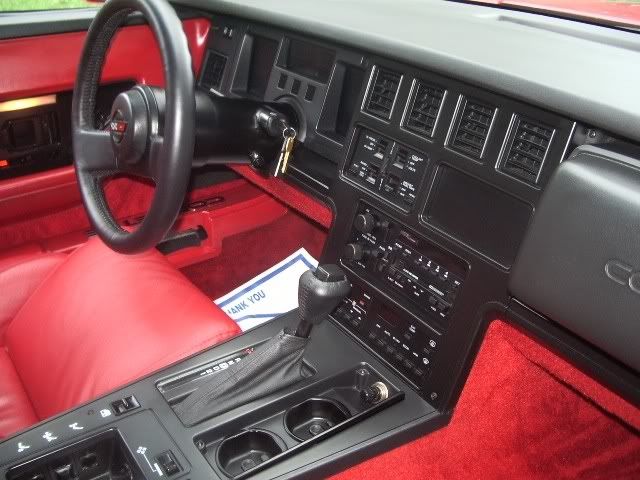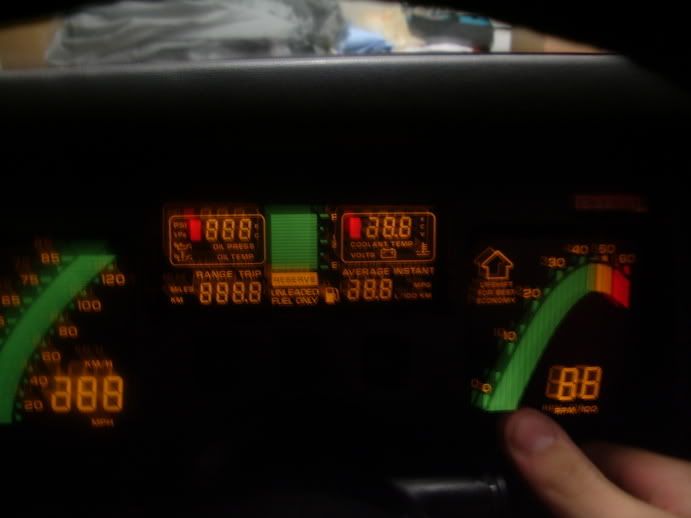Welcome to Autopia...
I am guessinf that the Menzerna products you have looked at are the ones which are sold in the white rectangualr bottles. If so, these are very good products but IMVHO there are better versions of the Menzerna polishes available. These go by the desingations:
PO85RD3.0x Intensive Polish
PO106FF Final Finish
These polishes were developped for cars with cerami-clear paint finishes but are safe to use on normal paints, and these polishes are better lubed and easier to use as a result. The standard version of the Intensive Polish is prone to dusting on its own, and I find that its best used with regular spritzes of quick detailer or water to keep the dust down and keep the work time of the polish up to thoroughly break it down. The cerami-clear versions however I find do not dust and require no additional lube.
Whichever Menzerna polishes you choose to go for however, they are both excellent products - I just prefer the ones mentioned above for the aforementioned reasons.
When working by PC, 18" by 18" is the largest area I would tackle, as you want to focus on a small area to ensure you can thoroughly break the polish down. The general method I use for Menzerna polishes (adapt to find a style that suits you best, experimentation is the key to get started) is spread on speed 2/3, work for a couple of passes at speed 5 on then seven to ten passes on speed 6 until the residue goes clear to thoroughly break down the polish - ensure you thoroughly work the polish as this is the best way to get good defect removal and a quality finish.
Also, always start with the least abrasive combo first on a test spot to see what polish you require for defect removal - so try out Final Finish / Final Polish 2 on a test spot and evaluate the results - if it delivers the results there's no need to use Intensive Polishand continue to use FPII on the whole car. If not, step up to Intensive Polish and then follow this with FPII to refine the finish.
A note if you choose to use the PO91L version of Intensive Polish - that is the one in the white rectanugular bottle distributed by Classic Motoring Accessories. Thes barsives in this product are very brittle, and heavy initial pressure shatters them before the have a chance to effectively cut - for this reason, I find a slow cutting method described below to be the most effective way of working this product - the same is true for S34A Power Gloss:
In this guide, I outline the slow-cut technique that I used on a recent detail to remove severe swirls from an Audi using the Porter Cable 7424. My technique is all based on the information L200 Steve has presented both on this forum and discussion I've had with him at the Wishaw detailing day a wee while back, possibly varying slightly from Steve's technique as we all have our own individual methods we're happy with but the idea is the same.
I present my methods which are also based on the use of the Menzerna polishes - Intensive Polish and Power Gloss Compound, which use milled aluminium as the abbrassive. This is fragile, and breaks down under applied pressure. So, by applying no pressure to the PC head you allow the abbrassives to break down naturally during the cutting process rather than shattering them with weight so yo get better cutting performance from the polish.
For this technique you will need:
> PC7424 DA Polisher (or equiv)
> 4/6" Cutting Pads
> Water or QD spray
> Plenty of patience! 
Method
1.
Apply a spray of water to the pad to wet it, and then apply some polish (PGC or IP depending on swirl severity) to the pad.
2.
Work on a very small area at a time - I would go for roughly 1' square, nothing more. Dab the machine around this area to apply the polish.
3.
Turn the PC on at speed 3. Support the weight of the machine - I tend to hold it with the handly on for this method, one hand underneth the back of the PC to hold it up and the other on the handle to guide direction without applying weight to the machine. Any hold is good though, so long as there is no weight over the head of the PC - try to support the machine's weight. Move the PC slowly across the area in overlapping strokes, at a speed of around 1/2" per second - very slowly. You should get around five, six passes before the polish starts to go clear and look like its drying and ready to buff off...
4.
Rather than buff off the residue, I spray the pad with some more water and repeat the above step. Speed 3, no weight, very slow passes. The polish hazes up again and you have more work time... Make more slow passes until the polish begins to go clear again.
5.
After two hits at speed 3, I then spray the pad with water and move onto speed 5, again no weight and no pressure and make slow passes by moving the PC at about 1/2" per second.
6.
Finally, spray the pad with water again, and move to speed 6 and this time apply pressure to the PC for a final single pass over the area at about 1" per second. The polish will likely be pretty clear after this stage, so buff off the residue. If you examine the pad, I found that it actually looked quite clean after this, very little white polish left there.
7.
If you've used PGC, you will induce micromarring with this method, but this can be easily removed using IP and either the fast or slow-cut technqiues.
* I am generally quite generous with the amount of product applied here, using a little more than I woud normally for the fast-cut method but being sure to work the polish in with the above method.
** This is my own personal mehtod for this technique which I find suits me well, it differs in a few ways from Steve's method I belive but the ideas are all the same. You may well feel more comfortable making more passes at speed 3, and the final pass at speed 5 for example - a little bit or trial of the method and you will find something that suits you perfectly.  I have presented my method as a general guide of the method rather than hard and fast technique.
I have presented my method as a general guide of the method rather than hard and fast technique.
(Written by me, summer 2006)
Re: your other questions. Yes you can use the same pad for the whole car but don't mix products on the pad. Once pad for each product. Ensure you regularly brush the pads (after every panel) with a stiff bristle brush to remove any clotting that may have formed on the pad, this keeps the performance of the pad up. Also, once used, you can wash the pads (I find normal dish soap is fine, Fairy Liquid here in the UK, I believe Dawn is similar in America), rinse thoroughly and the pads can be used again.



